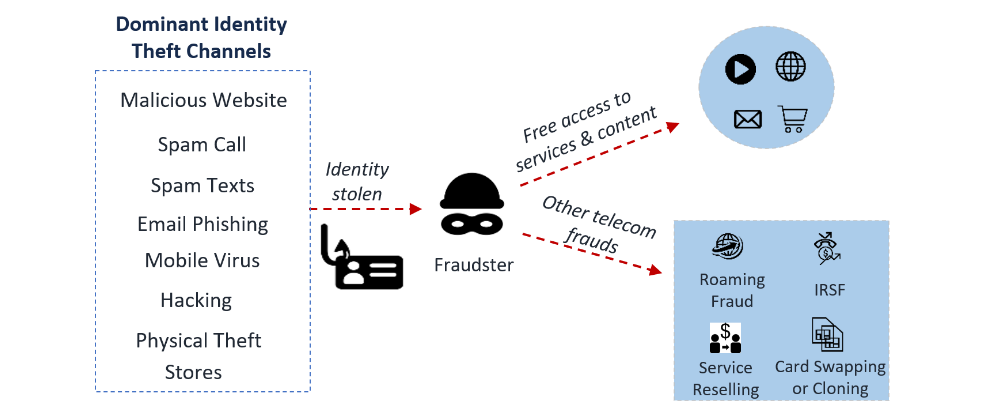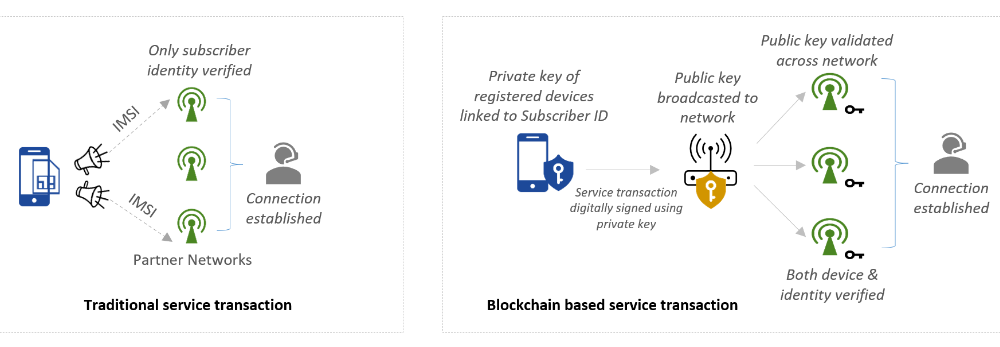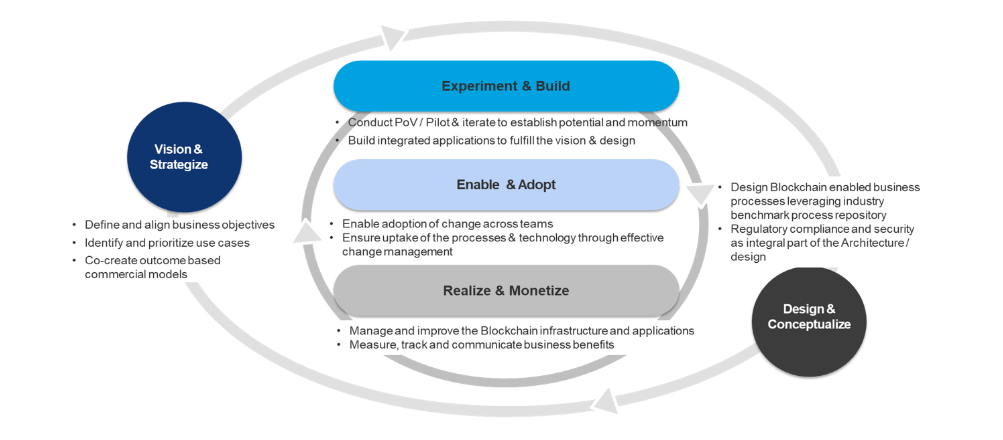The telecom industry is complex and competitive with a multi-billion customer base across national and continental borders. The complexity has increased with new digital products and services, cross-carrier networks, cross-border roaming services, OTT platforms, connected homes, IoT and 5G. In addition, competition from the market adds immense pressure to invest in digital reimagination to stay profitable. With thin margins, these complexities and competition are impacting the profits for communication service providers (CSPs). And while multiple forces are eroding profit margins, the most threatening is fraud.
Telecom Fraud Decoded
Fraud in telecom services includes unauthorized data and voice traffic, with the intent to illegally acquire money from CSPs or their customers. It often results from hacking into an inefficient subscriber verification process and can take months to detect. Fraud in telecom is a big problem. The latest survey by Neural Technologies estimates fraud to be a mammoth US $48 billion which represents up to 10% of a CSP's bottom line.
Fraud can be broadly classified into two categories: identity fraud and roaming fraud. Identity fraud involves obtaining valid authorization for a customer when signing up for telecom services. The intention is to use the services without paying. Fraudsters get access to several carrier accounts via clearinghouses or aggregated SIM accounts. This could result in attackers effectively having access to multiple money streams. Roaming fraud is another major source of fraud. Fraudsters take advantage of the inefficient roaming data exchange between carriers. A fraudulent subscriber can move from a home public mobile network (HPMN) to a visited public mobile network (VPMN) and use services without paying for them. Fraudsters can also create high-cost international calls through premium-rate numbers. The usage data is sent by the VPMN to the HPMN that becomes responsible for the service costs. Since data audits and follow-up actions are laborious and costly, the HPMN decides to incur the revenue loss.

Blockchain is a Game-Changer in Controlling Fraud in Telecom
Blockchain has been around for over a decade and can help with telecom fraud detection and prevention. For identity fraud prevention, blockchain-based identity management reduces fraud using keys. A public-private key encryption mechanism is fundamental in blockchain identity management. The cryptographic capability can link mobile and fixed telecom devices to their respective subscriber identity. While using any telecom service, instead of broadcasting the device’s IMSI number (the current practice) to the network, the device can digitally sign the transaction using the private key. The public key is then broadcasted to the network. The transaction is verified cryptographically by recognizing the public key to ensure it was initiated by a rightful subscriber with no tampering, before providing access to the telecom service.


Critical Success Factors for Blockchain in Telecom
Blockchain has all the potential for significant business transformation across industries and functions. The opportunities are real, and the benefit potential can be substantial. But there are crucial aspects that are required for the swift and efficient adoption of blockchain in telecom. These include:
CSPs are Steadily Adopting Blockchain Applications
Blockchain is already one of the most potentially disruptive technologies. And despite certain challenges and limitations, it is here to stay. Many CSPs are following a consortium-based approach to adopt blockchain-based solutions in a trusted and collaborative way. Features like real-time identity, access management and secured billing and payment solutions are the most common areas where blockchain identity management can reduce fraud.
While blockchain in telecom can provide benefits to CSPs, there are challenges to overcome – exit barriers with legacy technologies, regulatory conflicts with GDPR, lack of integration and interoperability, benefits currently only realized in large-scale operations and lack of industry-wide standardization. But with the help of strategic technology partners like Wipro, telecom companies can overcome these challenges to leverage a blockchain ecosystem to maximize benefits and move into a more advanced, robust and secure future of telecom service.
Key Steps for Telco Organizations
Considering the far-reaching benefits of blockchain technology, telecom organizations are building a long-term view of the future state while initiating blockchain journeys. Organizations will need new capabilities across the dimensions of strategy, people, process, data, technology and experience.
Wipro is a full-suite digital service provider of blockchain, that enables better strategy, design, build, deploy and manage service capabilities that are critical for the fast, effective and efficient adoption of blockchain. Telecom organizations are in different stages of their blockchain journeys – strategizing new models, building/launching solutions, advancing monetization models. Wipro has curated solutions that cater to the precise needs of organizations in any specific phase of blockchain integration.

Industry :

Prasun Kumar Das
Principal Consultant, Wipro Ltd.
Prasun is a digital consultant of the Intelligent Business Reimagination practice within Wipro Digital Consulting. He has over 10 years of experience across process transformation programs for Telecom and other clients across the globe. He is a digital technology enthusiast and thrives on finding ways to leverage them to realize quantified benefits for organizations.

Manik Sharma
Principal Consultant, Wipro Ltd.
Manik is a consultant with Wipro Digital Consulting for the last 4 years, with experience in automation advisory digital transformation and business process consulting across Telecom, Technology and Financial Services industry and across multiple geographies.

Mohit Johar
Managing Consultant, Wipro Ltd.
Mohit is a Senior Manager leading the Telecom portfolio for the Intelligent Business Reimagination practice under Wipro Digital Consulting. He has approximately 16 years of experience leading business transformation, process reengineering, simplification and automation advisory engagements across multiple industries and geographies.

Manu Sharma
Practice Partner & Regional Head, Intelligent Business Reimagination, Wipro Ltd.
Manu is a Practice Partner in Wipro Digital Consulting (WDC) and leads the Intelligent Business Reimagination (IBR) practice of WDC for Europe. He excels in advising senior client leaders to design and build Intelligent Enterprises. Manu is advancing capabilities and adoption for Intelligent Automation, AI, Service Design, Business & Operating Model Design and Blockchain distributed consensus ledger solutions. He has served clients in Communications, Utilities, Manufacturing, Financial Services, Healthcare, High Tech, Retail and other industries. His professional focus areas are technology trends, innovation, architecting, developing, and delivering impactful solutions.

Amit Rathi
Senior Practice Partner, Intelligent Business Reimagination, Wipro Ltd.
Amit Rathi is Senior Partner in Wipro’s Consulting practice, where he leads the AI & Automation Advisory arm. He works closely with companies on a digital transformation journey. Amit helps to define and implement AI and automation roadmaps focusing on driving realistic and measurable outcomes that are human-centric and technology-agnostic. This approach helps companies find a more holistic view of automation, rather than merely focusing on a cost-reduction motive.